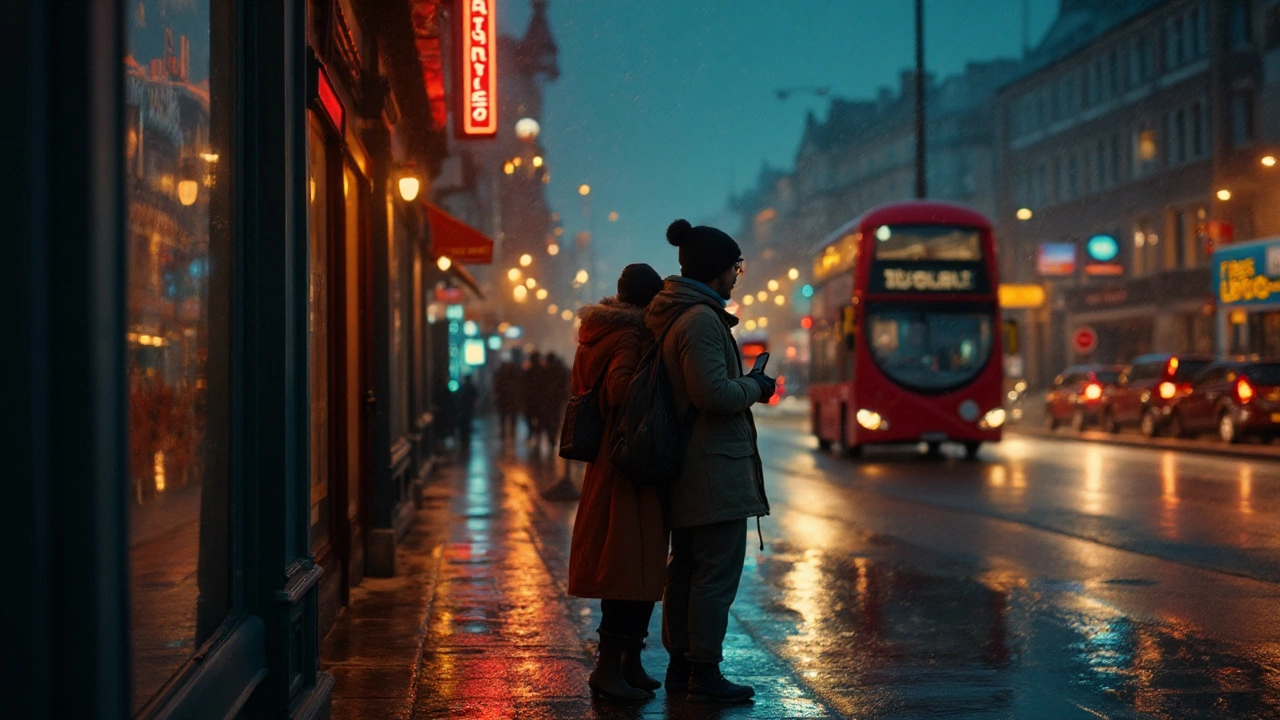If you’ve ever wondered why some cameras see in the dark while others just show a black blob, the answer is infrared (IR) photography. IR light is invisible to the human eye, but cameras that can detect it turn night darkness into a usable picture. For homeowners, business owners, or anyone setting up a surveillance system, understanding IR basics can mean the difference between missing a break‑in and catching it on video.
Every camera sensor is made of tiny light‑sensitive cells. These cells naturally respond to both visible light and the longer wavelengths of infrared light. In a regular camera, a built‑in filter blocks IR to keep colors accurate. In an IR‑enabled security camera, that filter is removed or replaced with a clear one, allowing the sensor to pick up infrared rays.
Most IR cameras add small LED emitters that shine infrared light onto the scene. Since the light is invisible, it won’t disturb people or animals, but the camera can see it. The result is a grayscale image where warm objects stand out against cooler backgrounds. This is why you often see night‑vision footage that looks like a black‑and‑white movie – the camera is simply converting IR reflections into visible pixels.
1. Choose the right IR range. Cameras come with different IR distances, usually listed as 10 m, 20 m, or more. Pick one that covers the area you need to monitor. If you have a big garden, a camera with 30 m IR is a safer bet.
2. Mind the lighting conditions. Infrared works best when there’s no bright ambient light that can wash out the IR LEDs. Overly lit streets or floodlights can reduce the contrast in night footage.
3. Keep lenses clean. Dust or smudges on the lens scatter IR light and create blurry spots. A quick wipe with a microfiber cloth each month keeps the image sharp.
4. Angle the LEDs. Some cameras let you tilt the IR emitters. Point them toward the most important part of the scene – a doorway or driveway – to avoid dark blind spots.
5. Use a sturdy mount. Vibration makes the IR pattern wobble, turning steady lines into fuzzy streaks. Secure the camera to a solid wall or pole for cleaner footage.
6. Check the power source. IR LEDs consume extra power. If you run the camera on battery, you’ll see shorter run‑times. For continuous night monitoring, wire the camera to mains or use a backup battery with enough capacity.
7. Test before you rely on it. Walk around the camera’s view after installation and watch the live feed. Look for dark corners or overexposed spots and adjust the position if needed.
By following these simple steps, you can get clear, reliable infrared images that actually help you spot intruders, wildlife, or any movement after dark.
Infrared photography isn’t just for high‑tech security firms. With today’s affordable IR cameras, anyone can set up a night‑vision system that works like a pro. Remember, the goal is to make the invisible visible – and with the right camera, placement, and a few maintenance habits, you’ll have eyes on your property 24/7 without paying for a night‑time guard.
Ready to upgrade your surveillance? Start by checking the specs of your current cameras and see if they already have IR support. If not, a quick swap to an IR‑enabled model can give you instant night‑vision power. Your home or business will thank you when the dark no longer hides potential threats.

Do phones have night vision? Learn how night mode works, what true night vision is, and how to get better low‑light shots or use a phone as a simple night camera.